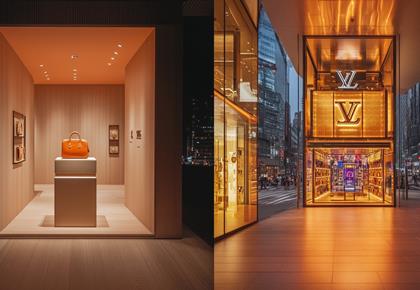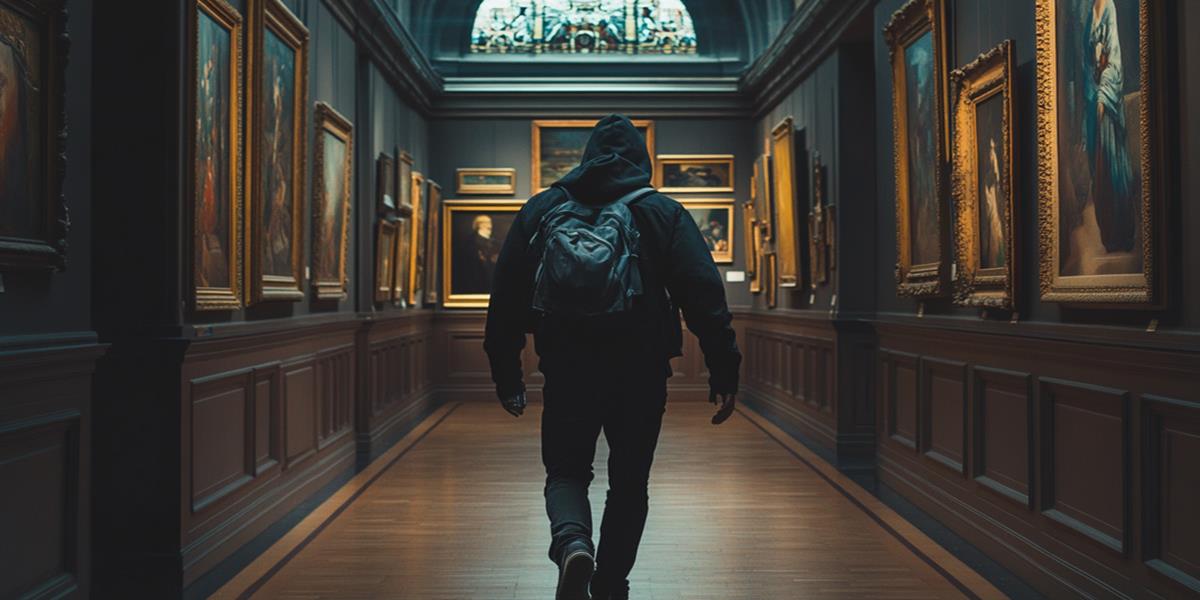Summary
Art theft continues because stolen masterpieces remain valuable even when everyone knows they're stolen. They circulate in shadow economies, driven by greed, pride, or desperation. Until these economics change, stealing art will remain an attractive, if illicit, enterprise.Takeaways
Art theft continues because stolen masterpieces remain valuable even when everyone knows they're stolen. They circulate in shadow economies, driven by greed, pride, or desperation. Until these economics change, stealing art will remain an attractive, if illicit, enterprise.Why Art Gets Stolen
Art theft isn't just about money, although that's usually the main reason. Famous artworks carry immense value and are often seen as easily transportable assets. Sometimes, thefts are commissioned by wealthy private collectors who desire specific pieces, while other times criminals view art as bargaining chips or collateral in underworld dealings.Ideology or national pride can also motivate theft. Artworks taken during wars or stolen as acts of protest often represent more than monetary value, symbolizing deeper political or cultural struggles.
Who Steals Art?
Typically, stolen art involves professional thieves with specialized skills, but occasionally amateurs seize opportunities in poorly secured museums or private collections. Art thieves range from organized crime syndicates that meticulously plan heists to individual opportunists who act on impulse.Insiders often play crucial roles, providing valuable information about security systems, routines, or hidden details that outsiders couldn't know.
Case Study 1: The Gardner Museum Heist
In March 1990, thieves dressed as police officers entered Boston's Isabella Stewart Gardner Museum, tying up guards and stealing 13 masterpieces, including works by Rembrandt, Vermeer, and Degas, worth approximately $500 million.None of these paintings have ever resurfaced, even decades later. Investigators believe that organized crime was involved, with the art pieces possibly serving as collateral in criminal deals. Despite high public awareness, these iconic works remain missing, showing how stolen art can disappear into an underground economy, almost without a trace.
Case Study 2: The Theft of Edvard Munch's "The Scream"
In 2004, masked thieves boldly stole Edvard Munch's famous painting "The Scream" from Oslo’s Munch Museum in broad daylight. The audacity of the theft shocked the world. Unlike the Gardner theft, "The Scream" was later recovered.The investigation revealed a different economic angle—thieves had attempted to ransom the painting back to the museum. Though unsuccessful, the incident highlighted how stolen art can be monetized indirectly through ransom or extortion.
The Black Market for Stolen Art
Once art is stolen, the hardest part is actually selling it. Famous pieces are notoriously difficult to market openly, leading thieves to underground channels. Often, stolen artwork ends up hidden for years before being cautiously sold or traded privately.Art criminals frequently use intermediaries to launder or "clean" stolen pieces by forging documentation, establishing false provenance, or exchanging art anonymously among private collectors.
Some stolen art ends up in storage for decades, quietly appreciating in underground circles until it’s safe to resurface under false provenance.
What is Provenance and Why is it Important?
Provenance refers to the documented history of an artwork—its ownership records, origins, and any previous sales or transfers. Provenance is essential for verifying authenticity, establishing the legal right to sell, and determining the artwork's true market value.Without clear provenance, artworks become suspicious and significantly less valuable. Buyers and collectors heavily rely on provenance to avoid inadvertently purchasing stolen or forged art.
Consequently, thieves often attempt to fabricate or obscure provenance, complicating efforts to recover stolen items and undermining trust in the art market.
Technological Advances in Art Security
Modern technology plays a crucial role in preventing and tracking stolen art. Digital authentication methods, like blockchain technology, provide tamper-proof provenance records, making it harder for thieves to sell stolen pieces.Surveillance systems equipped with advanced motion detection and facial recognition can deter potential thefts or capture critical evidence during a crime. Additionally, digital fingerprinting and tracking chips hidden within art can enable authorities to locate stolen artworks quickly and discreetly.
These technological innovations have increasingly strengthened security measures and complicated the illicit trade in stolen art.
The Economic Impact of Stolen Art
Art theft isn't victimless. It damages cultural heritage, leads to enormous financial losses for museums, collectors, and insurers, and diverts substantial resources toward security and investigation. For example, insurers paid out millions after the Gardner Museum theft, and the museum continues to bear the loss of public trust and diminished visitor experience.Moreover, stolen art’s illicit economy affects legitimate markets by introducing uncertainty into provenance records, complicating appraisals, and inflating insurance premiums.

Explore how BYD is challenging Tesla in the global EV market with record sales, stronger margins, and rapid expansion. A data-driven comparison of the world’s top electric vehicle companies in 2025.

Hermès just overtook LVMH as the world’s most valuable luxury brand—by doing less.
The economics behind it will change how you think about brand strategy.

They didn’t storm the gates — they bought them.
How Goldman Sachs and J.P. Morgan helped China quietly acquire billion-dollar Western companies — and why Trump’s new tariffs could shut the door for good.

$80M in Debt. Market Share Lost. Reputation Shattered.
How Harley Davidson turned it all around with bold leadership and a passionate community. A MUST-READ for entrepreneurs and business buffs.

Paying yourself too little as a founder = underestimating your worth. Paying too much? You’ll starve your business. Here’s how much you should pay yourself without killing your startup.

Most startups don’t fail dramatically — they quietly fall apart because of one simple mistake. It’s not running out of money. Curious what it is and how to avoid it? Keep reading

